We dug deep into government files and pulled out some telling news about public and private schools: they each have their own strengths. Public school teachers have more graduate degrees while private schools have smaller classes. The list goes on and is just below.
But when reading, please remember: There are over 47 million children enrolled in public school and about 3.2 million students in private schools. That means that if, say, just 20 percent of public school families went to an art museum and 25 percent of private school families went, well, still many, MORE public school families visited art museums (11 million kids) compared to private school families (900,000 kids.)
So here goes:
Public school teachers make more money. The average annual base salary of regular full-time public school teachers was $49,600 while that number for private school teachers was $36,300 at last count in 2008.
Public school teachers change schools less frequently. At last count, 84.5 percent remained at the same school the following year (there are 3.3 million of them.) At private schools, 79.2 percent (there are 487,300 private school teachers) stayed at their jobs.
More public school teachers get their contracts renewed. In public schools, 8 percent of all teachers left the profession that year and 5 percent of that group didn’t get their contracts renewed. In private schools, 15.9 percent of teachers left the profession for good but a higher ratio – 13 percent – left because their contracts were not renewed.
In public schools, 7.9 percent of teachers moved to a different school and just over a quarter of them did so because of personal life factors In private schools, 4.9 percent changed schools, and 16 percent having done so for personal life factors.
When looking at number of students alone, more public school students are taking calculus BUT student enrollment in that high level class is increasingly greater at private schools. At last count (in 2004) 30.7 percent of students in private schools took calculus compared to 22.3 percent just two decades earlier. At public schools, the number of students taking calculus grew to 13 percent from 5 percent over two decades.
Private school students on average graduate with more science credits; 3.6 as opposed to 3.3 for public school students.
In 2004, 28 percent of private school students progressed through the science pipeline to the highest level compared to 18 percent of public school students. Again, if you look at absolute numbers, more public school students reached that level, though they were less likely.
About 56 percent of public school parents participated in fundraising, 84 percent of private school parents participated in fundraising.*
About 75 percent of public school parents regularly attended a parent-teacher conference. About 85 percent of private school parents attended.
More public elementary schools – 73 percent of them – have an academic specialist on staff. In private schools, only 37 percent have an academic specialist on staff.
When it came to serving on a committee, 38 percent of public school parents signed up, and 66 percent of private school parents served.
Private schools are more responsive to parents. Over 78 percent of parents who send their kids to private schools are happy with the way the teachers and staff interact with them. Of parents who send their kids to assigned public schools, 49 percent are happy.
When it comes to public schools versus private schools, guess where you can find more teachers with graduate degrees? Public schools. There, 52 percent had a master’s degree or higher, in private schools, just 38 percent of teachers continued their education after undergraduate school.
Private school classes are smaller, with 12.5 students for each teacher compared to 15.4 students in each public school. By 2021, the Department of Education predicts those numbers will be 11.4 for private and 14.4 for public schools.
For parents who send their kids to private schools, 80 percent are happy with the academic standards. For public schools, 56 percent of parents are happy with the academic standards.
Every kid gets homework. For both public and private schools, 97 percent of parents say their kids had homework outside of school.
For private schools, 65 percent of parents say an adult always checks that homework is done. In public schools, 67 percent of adults always check homework.
When it came to visiting an art gallery, museum or historical site, 20 percent of public school families said they’d visited in the past month and 25 percent of private school families reported going.
Source: National Center for Education Statistics, all stats for most recent year available, most were from 2010–11 school year.
*the NCES classifies public school students two ways, by those who chose their public school and those who go to designated public schools. Because the latter category encompasses an overwhelming majority – and the stats looked similar – it’s the one we used. Private school students are classified into religious and non-religious. Those who go to religious schools make up an overwhelming majority, so we reported that number.
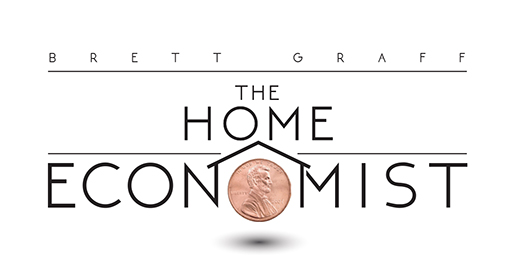
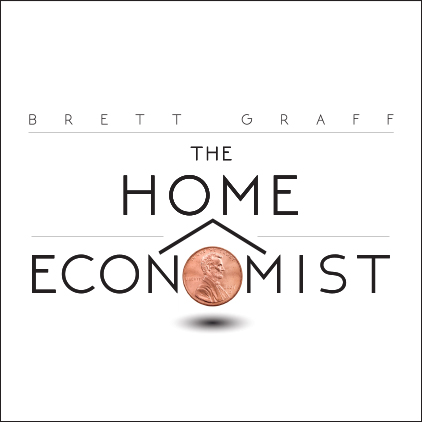

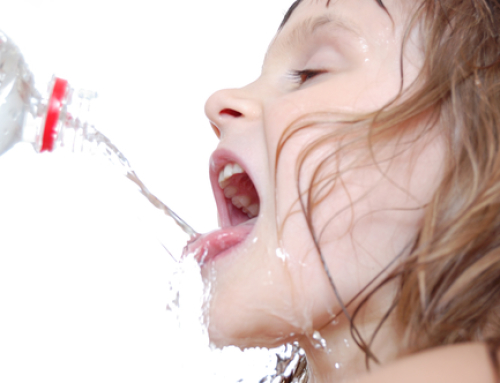
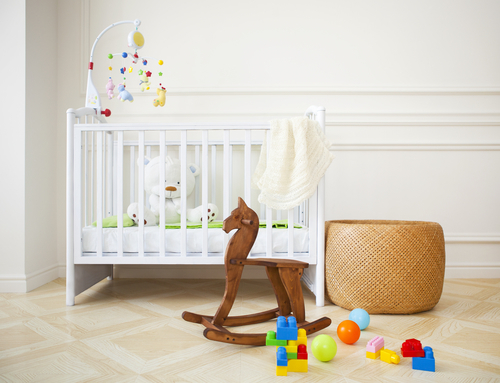

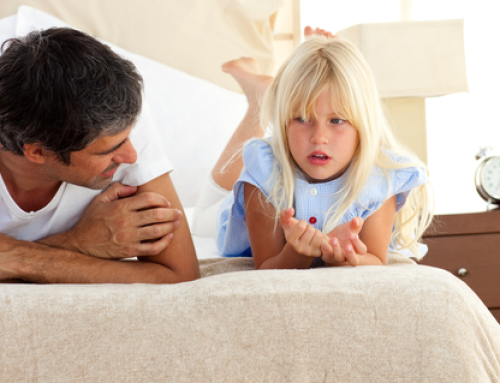

Would it surprise you to learn that students attending traditional, district-run public schools outperform their peers in charter schools and private schools?
First, sorry for the delay in responding. And second, actually no, it wouldn’t surprise me. Researchers from University of Illinois proved that while overall, private school test scores are higher, once you compare apples to apples (kids from similar racial and socioeconomic backgrounds) the public school kid will almost always outperform the private school kid. Please check out chapter four of my book – public school vs. private school. I’m so glad you wrote. https://www.amazon.com/Not-Buying-Overspending-Healthier-Successful/dp/1580055915/ref=sr_1_1?ie=UTF8&qid=1470923650&sr=8-1&keywords=Brett+Graff
I think that it is very interesting that more private school teachers don’t get their contracts renewed. However, I see that as being more of a positive thing than a disadvantage, especially when it comes to the quality of education. If you think about all of the reasons as to why a school wouldn’t want a teacher to have his or her contract renewed, then you might say that the private sector is picky due to the fact that it wants to have the best teachers.